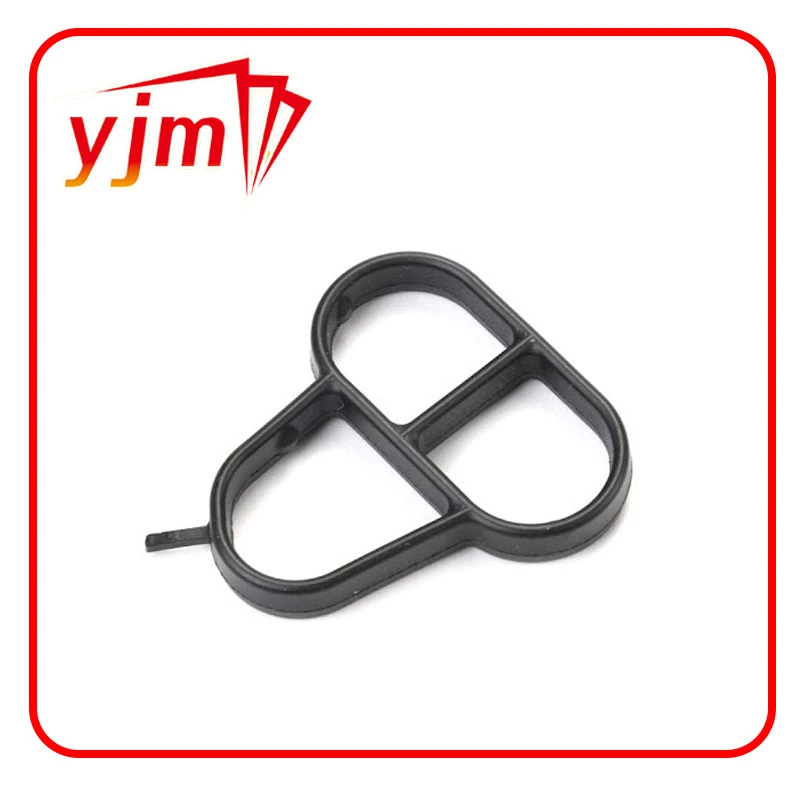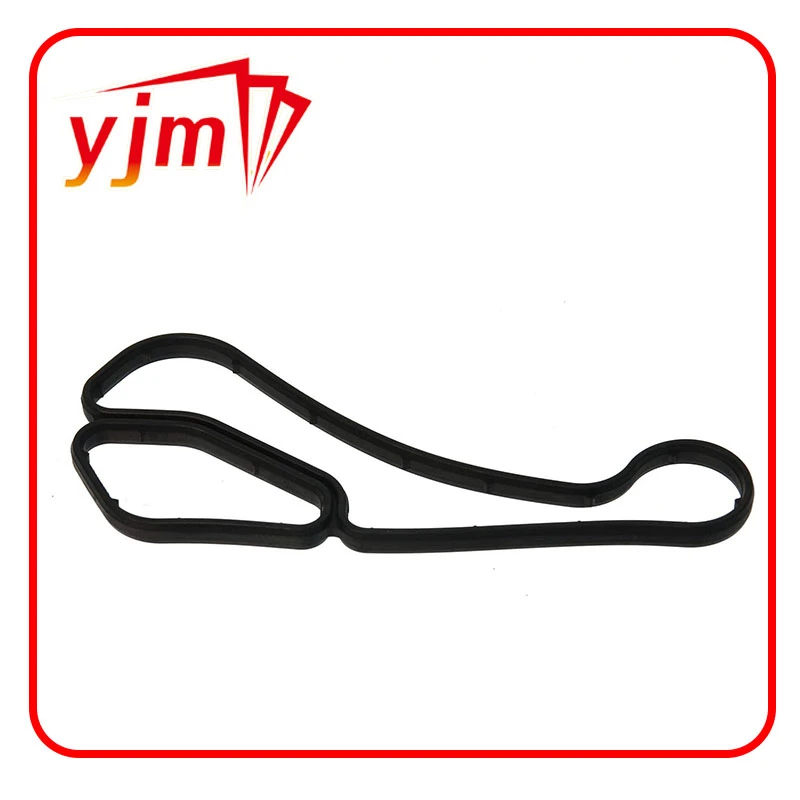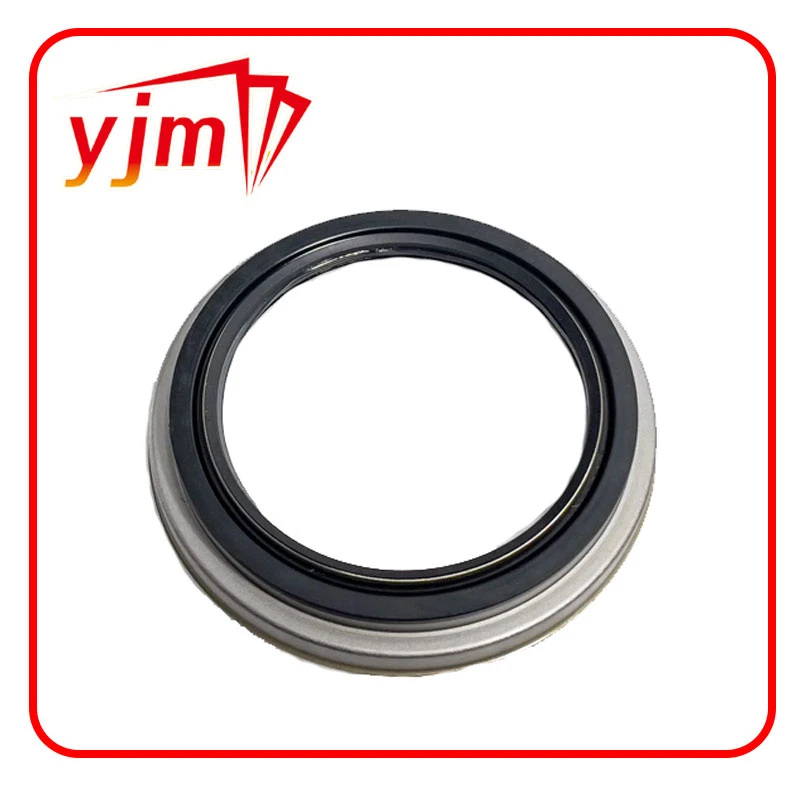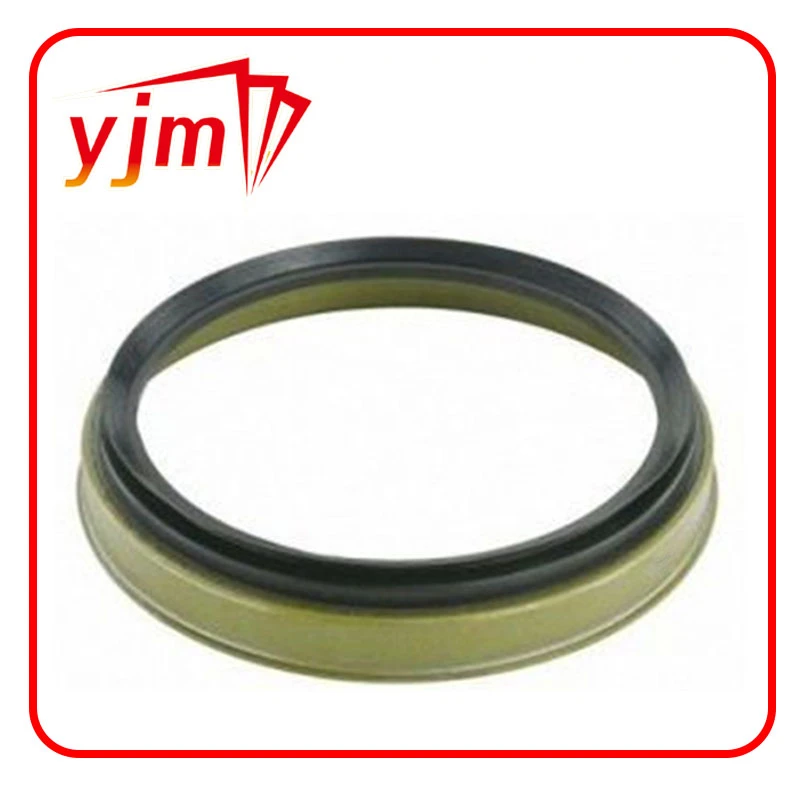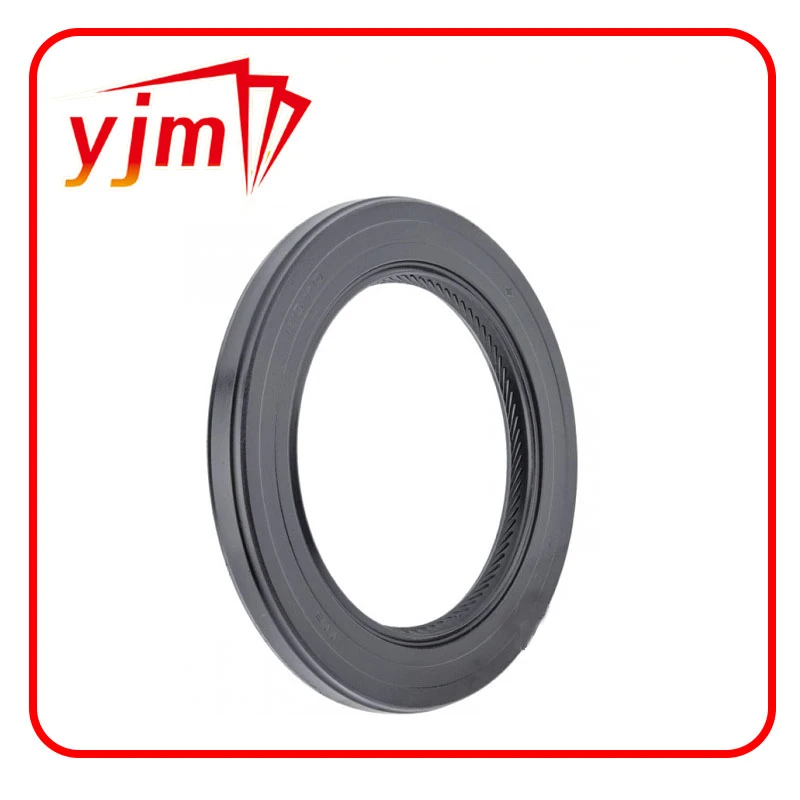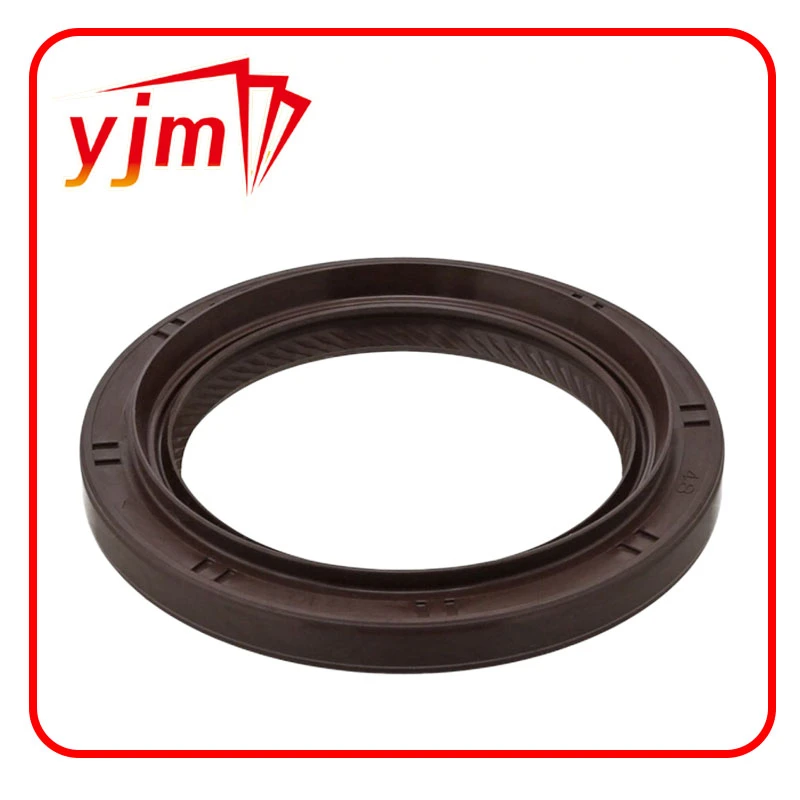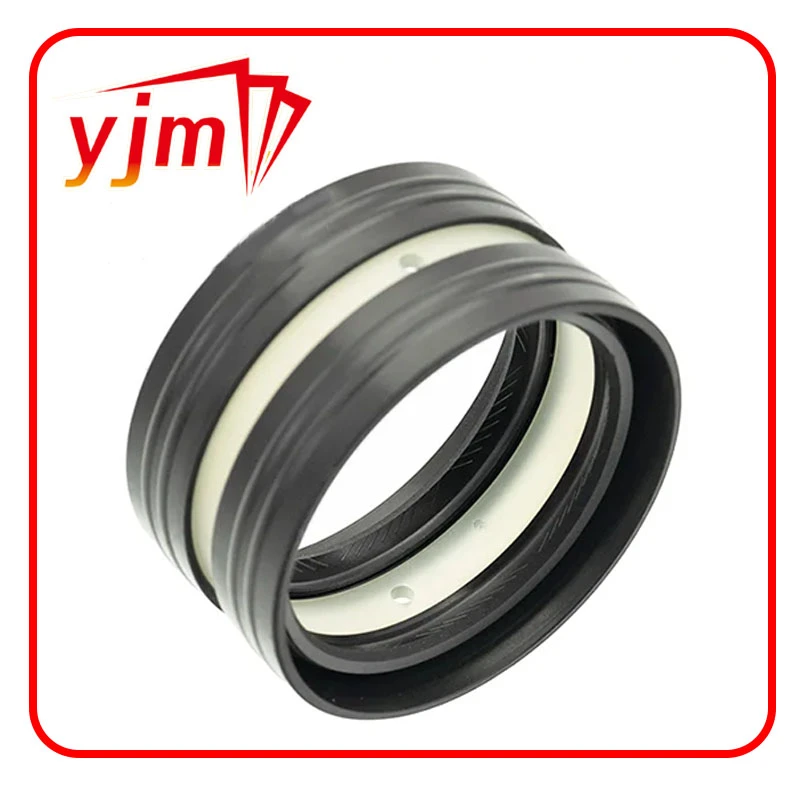Comprehensive Guide to Oil Seal 40 62 10: Specs, Uses & Innovations
Understanding the Importance of Oil Seal 40 62 10 in Modern Industry
Oil seals might not be a common topic over evening drinks, but in the world of machinery and industrial applications, an oil seal like the oil seal 40 62 10 quietly plays a vital role. These small components prevent lubricant leakage and keep contaminants at bay, meaning machines run smoother, last longer, and don’t cause unexpected shutdowns. Globally, industries from automotive to manufacturing count on these seals to maintain productivity and safety standards. Understanding what makes the oil seal 40 62 10 tick is key, whether you’re an engineer, a purchasing manager, or simply curious about how machinery holds it together against wear and tear.
In this breakdown, I’ll walk you through what an oil seal 40 62 10 really is, why it’s crucial in global industry, the core factors that define its performance, and where it matters most — all peppered with some real-world examples and future trends. So, let’s dive in.
The Global Criticality of Oil Seals
At first glance, oil seals seem mundane. However, according to ISO standards and data from manufacturing analyses, seal failures contribute to up to 30% of unplanned machinery downtime worldwide. That’s a big deal — considering the global manufacturing output sits in the tens of trillions USD, these tiny leaks can translate into billions lost annually.
Many industries globally rely on precision seals in engines, pumps, gearboxes, and more. For example, the automotive sector, which produced over 70 million vehicles worldwide last year (source: OICA), needs reliable seals like the oil seal 40 62 10 to maintain engine performance and emission controls. Meanwhile, in harsh industrial environments such as mining in Australia or manufacturing hubs in Germany and China, the demands on oil seals for durability and resistance against contaminants are steadily increasing.
Still, a tricky challenge persists: how to ensure seals like the oil seal 40 62 10 can be both cost-effective and long-lasting while adapting to new environmental regulations and the push towards sustainability.
What Exactly is an Oil Seal 40 62 10?
Let's demystify this somewhat cryptic term. An oil seal 40 62 10 is essentially a radial shaft seal that prevents oils and lubricants from leaking out of the housing while keeping dirt, dust, and water from entering. The numbers refer to its dimensions — 40mm inner diameter, 62mm outer diameter, and 10mm thickness — making it a standardized size widely used across many applications.
The core of the oil seal is usually a flexible elastomer lip molded onto a metal casing, which snugly fits around rotating shafts. As the shaft spins, the seal maintains contact with its surface, creating a barrier that’s crucial for machine reliability. Without such seals, machinery components quickly degrade, lubricants escape, and the risk of catastrophic failure skyrockets.
In humanitarian engineering efforts or rapid industrial repairs, having a readily available standard like the oil seal 40 62 10 means teams can minimize downtime and ensure equipment remains operational under tough conditions.
Key Aspects of Oil Seal 40 62 10 Performance
Durability
This seal needs to withstand temperature fluctuations, pressures, and chemical exposure — all without cracking or losing its elasticity. Elastomer choices, like nitrile or fluorocarbon, play a huge role here. Fluorocarbon seals resist higher temperatures and aggressive chemicals better, but they cost more.
Precision Fit
The 40x62x10 measurement isn't arbitrary. A perfect fit means less wear and tear and a better seal. Too tight, and it may generate friction and heat. Too loose, and hello, leaks. Manufacturers often adhere to tight tolerances to ensure this precise balance.
Cost Efficiency
Engineering teams often juggle the balance between buying low-cost seals and investing in high-end materials. It’s tempting to skimp on seals, but as many engineers say (and I’ve certainly witnessed), the cost of failure far outweighs initial savings.
Environmental Resistance
Oil seals frequently encounter water, dust, corrosive substances, and more. Good seals withstand these challenges to maintain sealing integrity. The 40 62 10 variant's design considers this by integrating protective features like dust lips and reinforced metal bodies.
Ease of Replacement
Since it’s a standard size, the oil seal 40 62 10 allows for quick replacement during maintenance, reducing equipment downtime. In some remote areas or emergency contexts, this standardization can be a lifesaver — literally and figuratively.
Where Oil Seal 40 62 10 Shines: Global Use Cases
Across the globe, the oil seal 40 62 10 finds its way into:
- Automotive Industry: Ensuring engine crankshafts, wheel bearings, and gearboxes stay lubricated and sealed tightly.
- Manufacturing Plants: Used in conveyor belts, pumps, and motors where continuous operation is the norm.
- Renewable Energy: Wind turbine gearboxes often require specialized seals, including this size, for tough operational conditions.
- Agriculture Machinery: Tractors and harvesters operating in dusty, wet fields heavily depend on seals that keep dirt out and oils in.
- Post-Disaster Repairs: In regions recovering from natural disasters, having a stock of standard seals like this helps technicians rapidly restore essential machinery.
For instance, a large farming cooperative in the American Midwest updated their equipment maintenance program around this very seal size, reducing breakdowns during harvest season by an estimated 15%.
Advantages and Long-Term Benefits of Quality Oil Seals
- Cost Savings: Reduced downtime and lower maintenance frequency translate into real savings.
- Sustainability: Fewer replacements and less wasted lubricant lower environmental footprints.
- Reliability: Peace of mind knowing critical machines won't fail unexpectedly.
- Safety: Preventing leaks reduces hazards related to slipping, fires, or contamination.
- Innovation: Advances in seal materials boost overall machine efficiency and lifespan.
In real terms, it’s the difference between a smooth-running production line and a costly halt — which raises a question of trust. You have to trust your seals, and the oil seal 40 62 10 is often the unsung hero maintaining that trust.
Innovations and Future Trends in Oil Sealing Technology
Looking ahead, oil seal technology is evolving rapidly. Green manufacturing trends push the development of biodegradable elastomers and seals made from sustainable materials. Digital transformation also means integrating condition monitoring sensors into seals to predict wear before failure occurs.
Automation increases machinery complexity but also demands more versatile seals that can handle variable speeds and pressures without sacrificing sealing efficiency. Some manufacturers experiment with composite seals combining metal, elastomers, and even ceramics for extraordinary durability.
It’s also worth noting that regulations from global entities — like ISO’s tightening of standards on emissions and waste — indirectly influence seal design and materials.
Common Challenges and Smart Solutions
Despite improvements, oil seals can face problems like premature wear, installation errors, and chemical incompatibility. Incorrect shaft surface finishes or contamination during fitting can ruin a seal’s lifespan. That’s why many specialists now advocate for comprehensive training on installation plus rigorous quality control.
Innovations such as self-lubricating seals or “smart” seals with embedded sensors are also beginning to tackle real-world challenges by providing real-time feedback on seal health.
Frequently Asked Questions about Oil Seal 40 62 10
- What materials are best for oil seal 40 62 10 in high-temperature applications?
- Fluorocarbon rubber (FKM) seals are preferred due to their excellent heat and chemical resistance, operating reliably up to 200°C or more, unlike standard nitrile seals better suited for temperatures below 120°C.
- How often should I replace an oil seal 40 62 10 in automotive use?
- Typically, seals are inspected during scheduled maintenance every 50,000 to 100,000 km. Replace immediately if leaks or damage are detected to prevent engine or gearbox failure.
- Can I reuse an old oil seal 40 62 10 during servicing?
- It’s generally not recommended, as seals degrade with use and reinstallation can cause leakage. Always use new seals to ensure proper function and avoid downtime.
- Are there eco-friendly options for oil seals?
- Yes, manufacturers offer seals made from biodegradable or recycled materials that offer a more sustainable alternative without compromising performance, aligning with green industry standards.
Quick Recap & Why It Matters
The oil seal 40 62 10 isn’t flashy, but it’s absolutely essential. Whether you’re running an automotive assembly line, maintaining agricultural machinery, or preparing equipment for disaster relief, it’s the tiny guardian keeping oil in and dirt out. Its global relevance is unquestionable, and as industries push for greener, smarter solutions, these seals evolve too.
If you want to explore quality options or get more info, visit our website. Reliable seals mean reliable machines — and there’s really nothing quite like that peace of mind.
Product Specification Table for Oil Seal 40 62 10
| Specification | Details |
|---|---|
| Inner Diameter | 40 mm |
| Outer Diameter | 62 mm |
| Thickness | 10 mm |
| Material | Nitrile Rubber (NBR) / Fluorocarbon (FKM) |
| Temperature Range | -40°C to +150°C (NBR), up to 200°C (FKM) |
| Pressure Range | Up to 0.3 MPa |
| Typical Applications | Automotive, Industrial Machinery, Agriculture |
Vendor Comparison Table: Popular Oil Seal 40 62 10 Suppliers
| Vendor | Material Options | Price Range (USD) | Lead Time | Quality Certification |
|---|---|---|---|---|
| YJM Seal Co. | NBR, FKM, Silicone | $1.50 - $3.00 | 3-5 days | ISO 9001 |
| SealPro Inc. | NBR, Viton | $1.80 - $3.50 | 5-7 days | ISO 14001 |
| Global Seal Ltd. | NBR Only | $1.20 - $2.50 | 7-10 days | ISO 9001 |
Final Thoughts
Honestly, it’s easy to overlook such an unassuming component as the oil seal 40 62 10, but once you notice how much goes wrong without a good seal, you see why it’s indispensable. It’s the small details — perfect fit, right material, good installation — that keep entire operations humming. As industries push the envelope on sustainability and digitalization, these seals are quietly keeping pace, evolving with newer materials and smarter tech while remaining steadfastly reliable.
If you're on the lookout for a dependable supplier or just curious to explore more, don’t hesitate to check out YJM Seal’s range. There’s not much quite like the confidence a solid oil seal can bring — until you spend a day fixing a leak.
References
-
Seal 12x20x5: Precision Radial Shaft Seals for Industrial Reliability
News Nov.24,2025
-
Seal 12x18x5: Essential Guide to Specifications, Applications & Vendors
News Nov.24,2025
-
Understanding Seal 12 20 5: Applications, Specifications & Industry Insights
News Nov.23,2025
-
Durable Oil Seal 85x110x12 – Reliable Sealing Solutions for Industry
News Nov.23,2025
-
Durable and Precise Oil Seal 75x95x10 for Efficient Machinery | YJM Seal
News Nov.22,2025
-
Durable Oil Seal 75x100x10 for Reliable Industrial Performance | YJM Seal
News Nov.22,2025
-
High-Quality Oil Seal 65x90x10 | Durable & Reliable Sealing Solutions
News Nov.22,2025
Products categories

